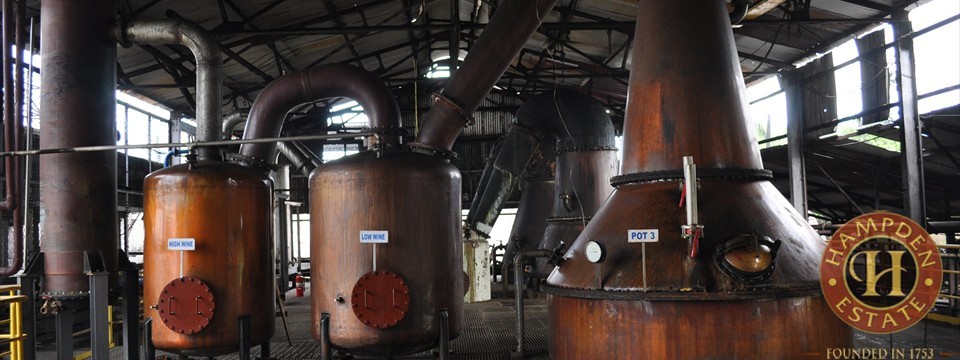
Rum and The Future
· James Phillips James Phillips on
Year after year, pronouncements from various industry magazines and merchants suggest Rum, as a category, has a bright future as the “Next Big Thing.” But, it has always struggle to gain purchase on consumers, so the question is: “why?” In an article in Imbibe last year, Nate Brown suggests that rum suffers from an identity crisis. This stems from the multitude of distillation techniques, aging processes and, the big one, the addition of sugar and colouring, used to create the product. The lack of legislative continuity allows for a mass of confusion to proliferate. As Brown writes, how are consumers to understand the category if the very category of rum itself is confusing?
Premium aged statement offerings are lauded as truer expressions of rum, and therefore the potential drivers of growth for the category. Indeed, when viewed through the lens of Scotch Whisky, 20 and 30 year old expressions, for instance, seem to offer value for money. However, age is only one metric of comparison. Sweetness, whilst considered an intrinsic component to the character of rum, can vary wildly. Rum, by definition, is the product of distilled sweetness, if you like. But, this speaks clearly about the input, not the output as such. Unlike sweet wines, for instance, where the grams per litre of sugar in the final products is openly discussed, there is no such disclosure on rum. Moreover, where wine is measured in terms of dryness to sweetness, spirits escape this to a large extent. It would seem, then, that transparency begets consumer understanding.
I find this point interesting. Provenance of ingredients has become highly visible, owing to the rise of organic, local produce. In craft beer, for instance, much is made about the individual ingredients; where they come from, how fresh they when brewed and, importantly, how fresh the beer is when consumed. Much of this information is clearly visible on the label, while some display IBUs (International Bittering Units), brewing dates and other technical information. Recently, gin has followed this same path. A question for rum distillers would be: What goes into making your product, and how much will you disclose to the consumer? If Coke contains roughly 115 grams of sugar per litre, what do many rums look in comparison? Of course, nobody is suggesting anyone consume a litre of rum – or any alcohol, for that matter – but it creates an interesting perspective.
Sugar specifically, along with other issues, pose a question for the category itself: such as legislation, labeling and, therefore, consumer understanding. However, for many producers, their products already tackle these problems. For instance, two recent releases from Jamaican distillery, Hampden Estate, combined so-called “unadulterated rum” with utter transparency on the label. As such, they offer the stylistic diversity and presentation of information that the category requires for growth. They are, decisively, very delicious to boot.
This is a frustrating issue for companies such as ours. While there is arguably work to be done at the level of legislation, our influence extends to suppliers, who are challenged to bring in products that innervate the category. It also extends to customers who, through exposure to new products via in-store tastings and knowledge from our staff, obtain a greater understanding of what rum means. However, if requests on the part of customers are for the de-facto sweet style, where do we go? Thankfully, there are those putting in the effort so we can all drink better. Hopefully, this causes further change so that rum can grow to such a scale deserving of this fantastic liquid.



